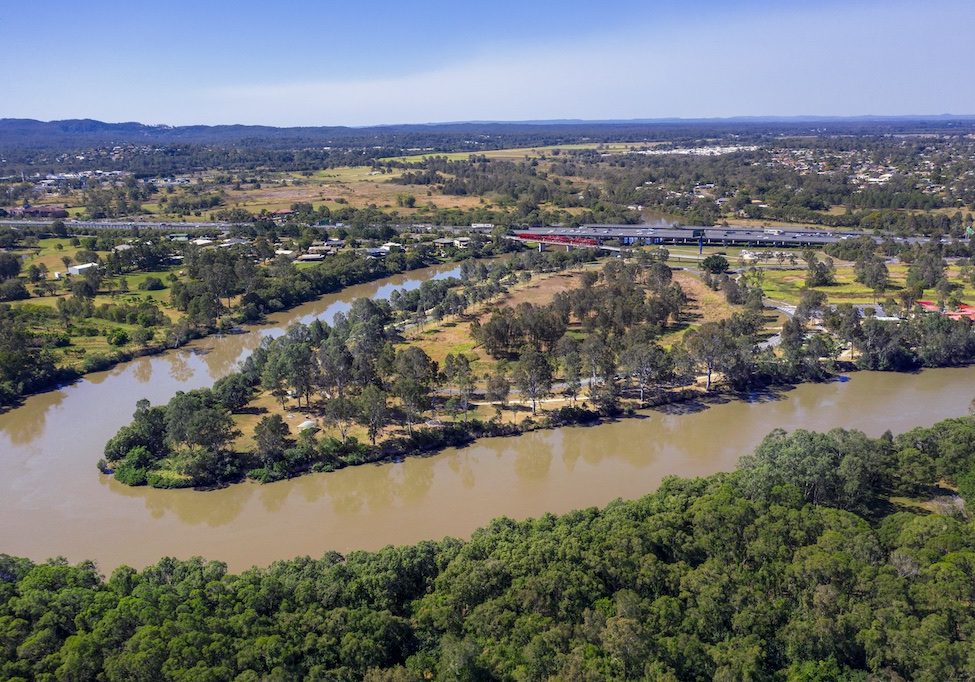Infrastructure charges are triggered when development occurs on land that creates an extra demand on the trunk infrastructure network. Infrastructure charges are regulated under both the Planning Act 2016 (Planning Act) and the Council’s Infrastructure Charges Resolution.
Infrastructure charges are levied by way of an Infrastructure Charges Notice. Section 121 of the Planning Act outlines what must be included in an Infrastructure Charges Notice, which includes:
- The current amount of the charge.
- How the charge has been worked out.
- Details of the premises.
- When the charge will be payable.
- If an automatic increase provision applies, that the charge is subject to automatic increases and how the increases are worked out.
- If an offset or refund applies, information about the offset or refund, including timing for when the refund would be provided.
- The date of the notice.
- Details of the appeal rights for the recipient in relation to the notice.
- Any other information as required by the Planning Regulation 2017.
Credits for existing lawful uses, previous uses
The Planning Act is clear in that a levied charge may only be for the extra demand placed on the trunk infrastructure that the development will generate. Section 120(2) of the Planning Act sets out that when working out the extra demand, the extra demand arising from the following must not be included in the assessment (subject to the exceptions set out in section 120(3) of the Planning Act):
- An existing use on the premises if the use is lawful and already taking place on the premises.
- A previous use that is no longer taking place on the premises if the use was lawful at the time the use was carried out.
- Other development on the premises if the development may be lawfully carried out without the need for a further development permit.
It is important that you check that you have received the correct amount of credits for existing and previous uses of the premises. Sometimes an Infrastructure Charges Notice may not accurately reflect the demand credits applicable for an existing use or a previous lawful use on the premises, which can have significant monetary impacts.
Previously paid financial contributions
With respect to previously paid financial contributions under old development approvals or even historical rezoning approvals, the situation is a little different as the Planning Act makes no provision for offsetting these payments in respect of a new development over the same parcel of land.
If you raise concerns with Council regarding your Infrastructure Charges Notice during the appeal period, and the Council accepts the position, the Council will issue an Amended Infrastructure Charges Notice. If the Council issues an Amended Infrastructure Charges Notice and you are still not happy with the calculations, there is the opportunity to commence an appeal in the Planning and Environment Court.
If you are concerned that Council has not included an adjustment for either an existing use or previous lawful use on the premises, it is worthwhile investigating this further. It is also worth carefully checking whether the cost of the infrastructure the subject of either an offset or refund has been property determined in accordance with the Council’s Infrastructure Charges Resolution.
If you are concerned about any matter included in your Infrastructure Charges Notice, please reach out to discuss this further with our specialist Planning and Environment Lawyer, Sarah Day, at [email protected] or phone 3439 8880. A simple oversight by Council could end up saving you a lot of money.
Contact Us
Need more information or want to book in a time to talk with one of our experts? Just fill in the form below and we'll get back to you.
Further Resources

NDAs and Contamination
Latest Videos
Businesses that we have helped
Here's a small selection of businesses we've helped achieve great outcomes.









As Featured In:












